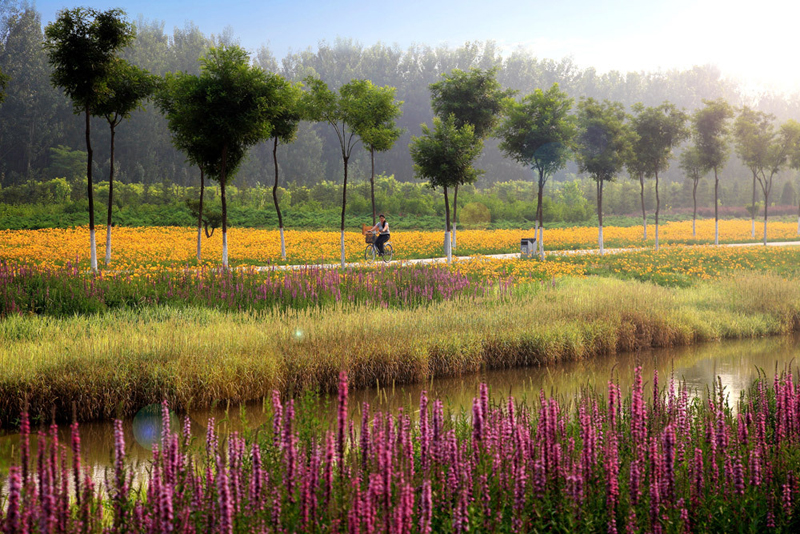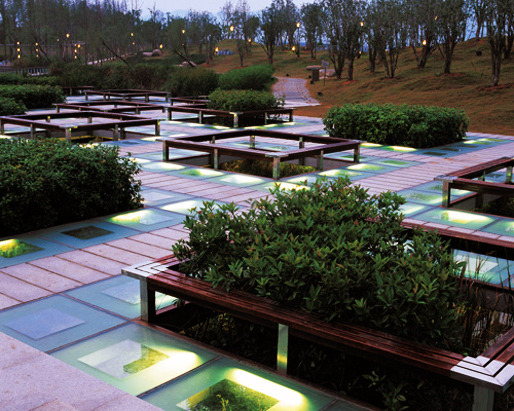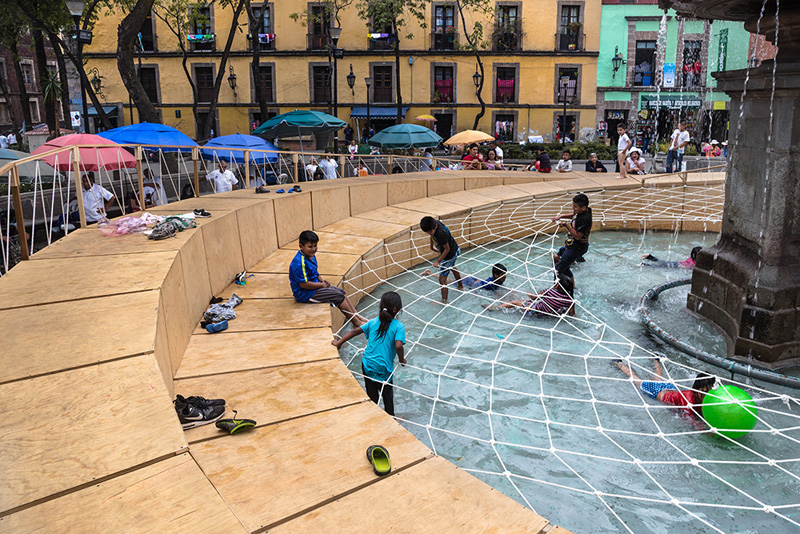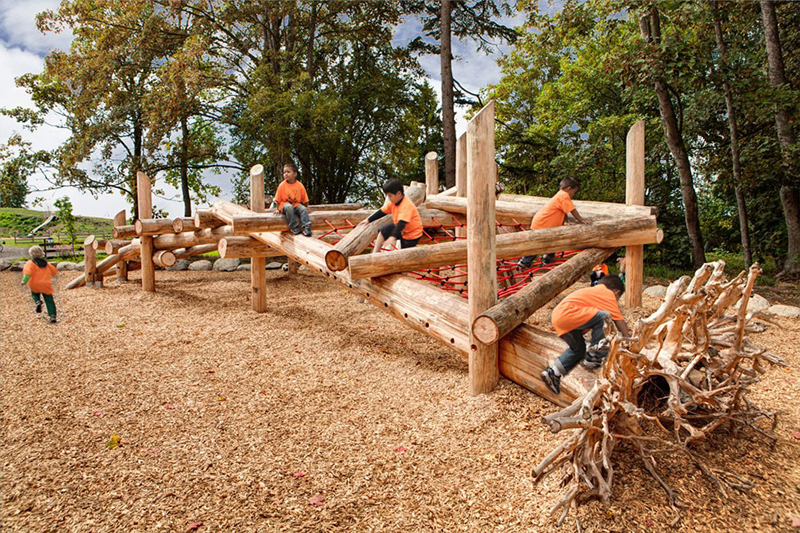“Cities that meet the needs of children will not only create more resilient children, they will help to create more resilient cities.”
Last week, the City of Toronto became engulfed once again in a discussion regarding the increasing danger found in its streets. And anytime cars, pedestrians, and cyclists are involved, the discussion becomes a battle square off between people in cars and people not in cars. This conversation has been counterproductive and led to insignificant improvements in both congestion and safety.
What if instead of circling around the same arguments that lead nowhere, we looked at urban safety through the eyes of our most vulnerable inhabitants, our children? Evidence has proven that when the public realm accommodates and accounts for our youngest citizens, everyone’s quality of life improves dramatically. Our parks, plazas, and most importantly our streets must guarantee that a 5 year old can safely use them.
Child-friendly design provides immense economic, environmental, safety, health, and social benefits. And to top it off it has also proven to reduce traffic congestion when implemented properly. With 70% of the global population projected to live in cities by 2050, and 60% of those urban dwellers projected to be under 18 by 2030, who can argue against keeping our children safe and at the same time improve driving? Toronto’s survival depends on how livable, attractive, and inclusive it is.
The following examples are noteworthy child-centric design that showcases one or more of the benefit categories mentioned above.
1.Darling Quarter Playscape, by ASPECT Studio, is a vibrant urban park lined with bars, restaurants, and cafes in Sydney. The designers prioritized children by building a grand playground as its centre piece; featuring sand and water play elements, slides, mounds, and abundant seating options. Darling Quarter is now Australia’s most visited destination, popular across all generations and boasting one of the hottest retail spaces in the city. Photo by Florian Groehn

2. This fully interconnected green network is called Sanlihe Corridor, located in Qian’an, China. Designed by Turenscape the naturalized green urban park is capable of dealing with pollution and flooding, boasting vast tracts of self-sustaining planting. It provides children a safe mobility network across the city, full of opportunities to play and explore. It is also educational, as children can see the environmental benefits ‘wilder’ parks can have in their communities. This allows children to get more physical activity, be more independent, as well as decrease pollution levels. Photos by Turenscape


3. Smaller interventions can also have substantial impact. The project Aros, by PALMA, wraps an existing fountain in an underused plaza in Mexico City with two wooden undulating rings that enhance what was already a children magnet, by multiplying the ways it can be used. When the fountain is not active, Aros doubles as a stage fit for neighbourhood gatherings. This context-sensitive installation proves that we can build better communities through the eyes of a child. Photos by Onnis Luque


4. Litigation and overprotection have transformed an overwhelming amount of playgrounds around the world into dull places, lacking both fun and excitement. And while protecting the young is important, overdoing it might actually be counterproductive. When exposed to potential dangers, children learn to identify them and respond appropriately by developing a skill called ‘risk assessment.’ By minimizing all potential risks, we deprive children the opportunity to develop this ability, putting them more at risk in the long term. Researchers propose that we bring back a bit of danger into playground design. A good example is Terra Nova Play Experience by Hapa in Richmond, B.C. Its numerous play features are embedded with ideas of soft danger, exploration, discovery, and self-guided play. Photos by Hapa Collabrative.


Further Readings
1. On Toronto’s street safety: https://www.thestar.com/news/gta/2018/06/19/people-are-fed-up-coalition-aims-to-make-road-safety-a-major-toronto-election-issue.html
2. Cities Alive: Designing for urban Childhoods, Arup.
3. Streetfight: Handbook for an Urban Revolution, Janette Sadik-Khan and Seth Solomonow
4. Putting the Pieces Together to Create Safe Public Spaces for All, The Independent. https://www.independent.co.uk/life-style/design/public-spaces-commuity-engagement-sustainable-development-public-park-a8221216.html




